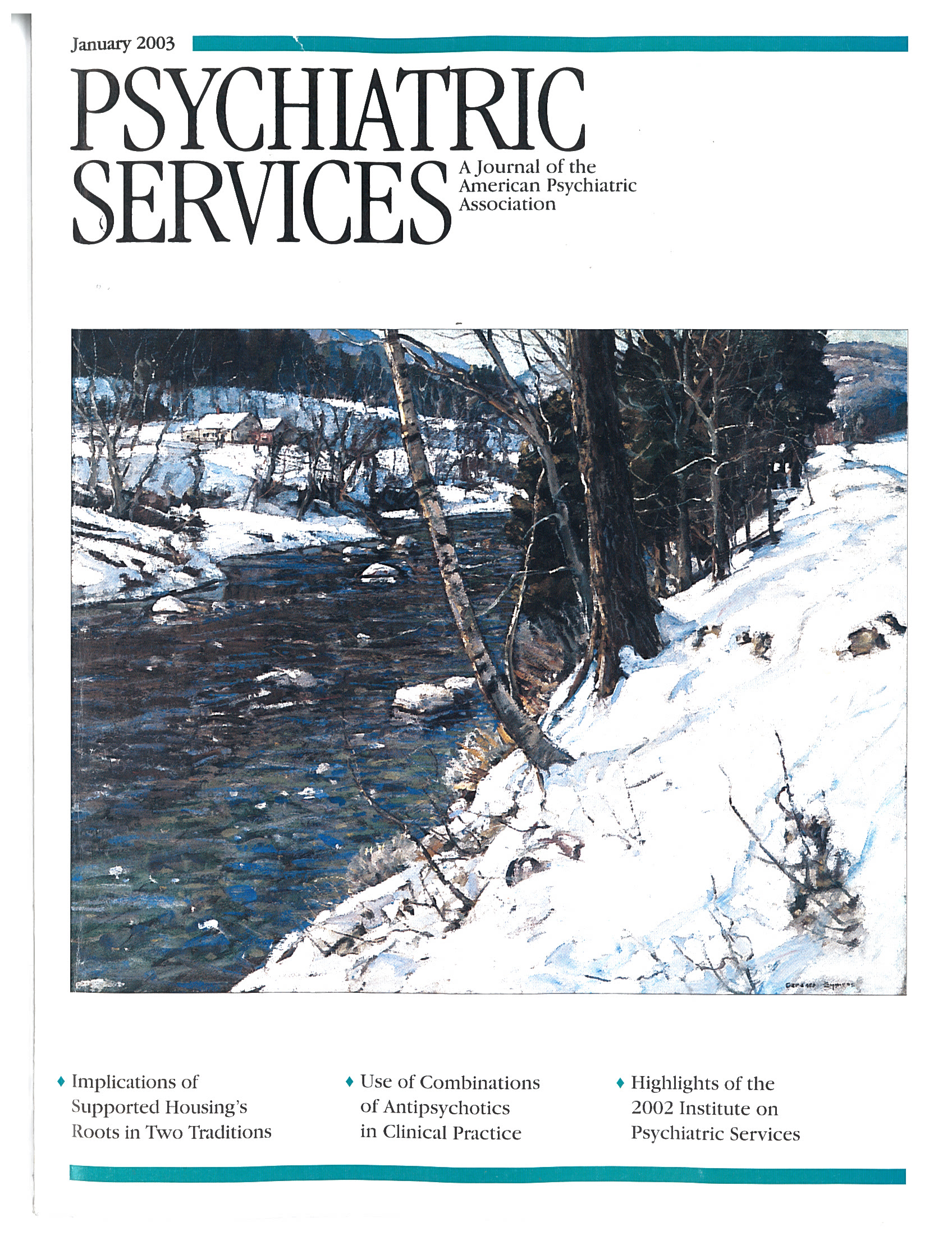Clinical Assessment of Dangerousness: Empirical Contributions
Georges-Franck Pinard and Linda Pagani, of the University of Montreal, are to be congratulated on this solid, useful summary of the clinical understanding of dangerousness. Clinical Assessment of Dangerousness: Empirical Contributions includes up-to-date reviews by many of the masters of the field—John Monahan on major mental disorder and violence, including recently published information from the MacArthur Violence Risk Assessment Study; Kenneth Tardiff on axis I disorders, in a chapter that contains sensible guidance for an examining clinician; and J. Reid Meloy on threats and stalking—and a prologue by Paul S. Appelbaum. Pinard and Pagani conclude with a sound summary of the clinical components of assessing dangerousness.
This book includes reviews of basic scientific, developmental, and criminological perspectives on violence. There is a trio of articles on homicide among intimate partners, parents who kill their children, and children who kill their parents—variations on the theme of how loving relations can become deadly. And two chapters discuss evidence of the effects on violence of alcohol and drug abuse.
Some take-home messages: Tardiff discusses how a clinician should evaluate an individual's risk of violence "in the near future"—that is, in the next few days or a week at most. "If there is violent ideation the clinician should determine: How well planned the threat of violence is; available means of inflicting injury; past history of violence and impulsive behavior with attention to frequency, degree of past injuries to others and self, toward whom and under what circumstances; alcohol and drug use; presence of other organic mental disorders; presence of schizophrenia, mania, or other psychosis; and noncompliance with treatment in the past."
J. Reid Meloy "suggest[s] a brief protocol for the assessment of threatening communications: (1) Is the threatening communication primarily instrumental or expressive? (2) If other psychological data are available, does the threat illuminate the current state of mind of the threatener? (3) Does the threatener demographically and clinically fit within any of the known samples of threateners, thereby providing frequency data for true and false positives? (4) What has been the threatener's behavior following threats in the past? (5) What are the stakes (consequences) if the threat is carried out? (6) Given the totality of known information about the case, should the threatening communication change the risk management strategy, and, if so, in what way?"
Clinical Assessment of Dangerousness is a worthwhile book with valuable summaries of the literature. Forensic trainees and practitioners as well as those who need compact, up-to-date reviews of the literature on the clinical evaluation of dangerous behavior will be interested in this volume.
Dr. Carmel is associate counseling professor of psychiatry at Duke University and clinical director at John Umstead Hospital in Butner, North Carolina.



